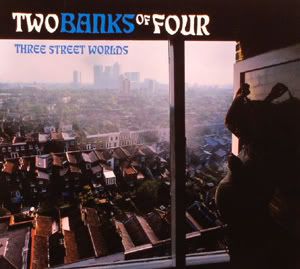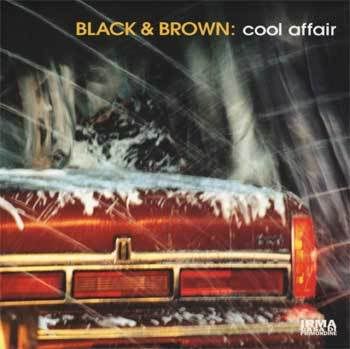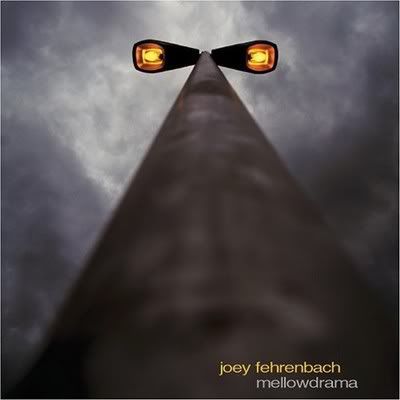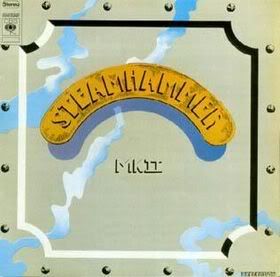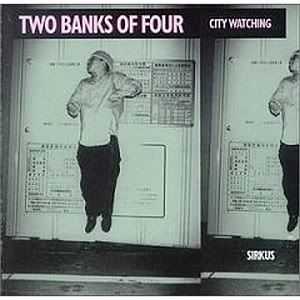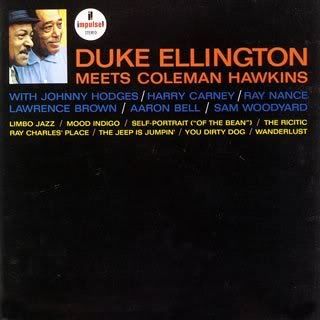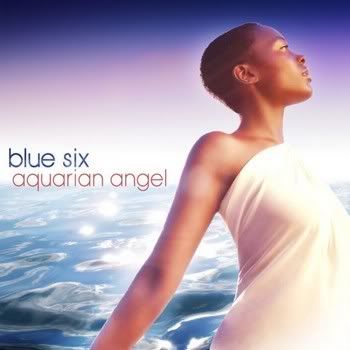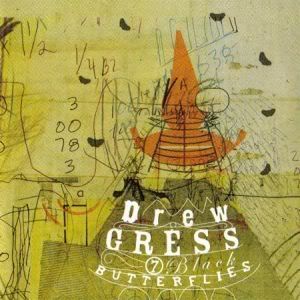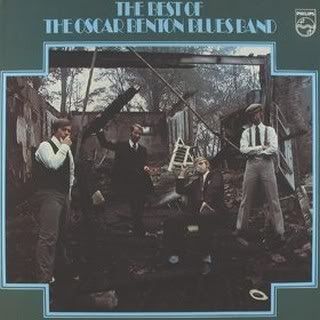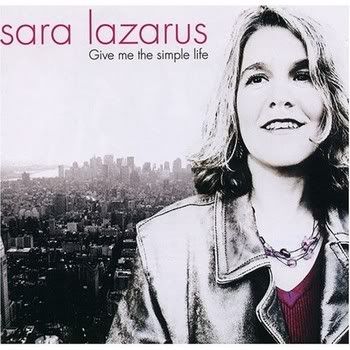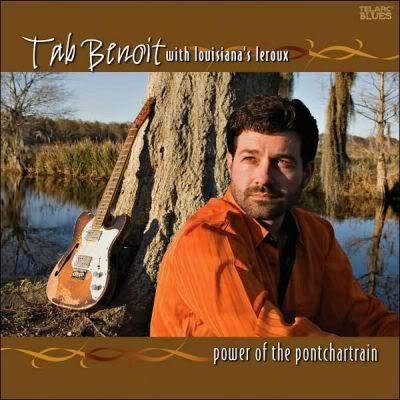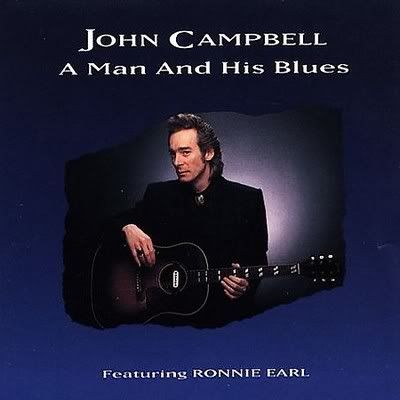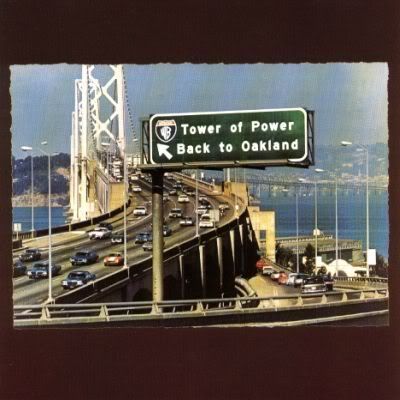
Eric Bibb, Rory Block , Maria Muldaur - Sisters & Brothers - 2004 - Telarc
Eric Bibb, Rory Block and Maria Muldaur unite to celebrate their family ties in Sisters & Brothers, a 13 track dynamic collection of blues. A great album from three of the best blues artists in the business.
TRACKS
Rock Daniel;
Don't Ever Let Nobody Drag Your Spirit Down;
Get Up Get Ready;
Lean On Me;
Bessies Advice;
Good Stuff;
Rolling Log;
Gotta Serve Somebody;
Travelin' Woman's Blues;
Little Rain;
Maggie Campbell;
Give A Little More,
My Sisters And Brothers.
Personnel:
Eric Bibb, Rory Block Guitars, Vocals;
Maria Muldaur Vocals;
Chris Burns Keyboards;
Michael Ward Bass;
Per Hanson Drums.
REVIEWS
What do get when you place three accomplished blues artists inside a comfortable recording space, slowly combine their individual talents, add three seasoned band members and let simmer? You've got the recipe for the new release, Sisters and Brothers (Telarc 2004), featuring, Eric Bibb, Rory Block and Maria Muldaur. The album is a celebration of their musical journey and the bond shared as blues musicians. Their initial steps began in the 1960's, firmly rooted in folk music at the peak of its popularity. During that time, all three became captivated by the sound of acoustic country blues. Their attraction continued to grow, feeling deeply connected to the music beyond just simple fascination. Calling it home, each artist built a musical foundation in traditional country blues. They selected different areas within the genre to reside, reflecting their individual style. After many years of hard work and dedication Bibb, Block and Muldaur enjoy successful solo careers, representing their distinct segment of the blues.
Sisters and Brothers" is a dream come true, reuniting three talented performers who happen to be old friends. Bringing their own unique ingredients to the table, they created a delicious banquet of blues entrees. There's 13 tasty tracks, covering a variety of styles to satisfy any appetite. This threesome cooked some savory blues selections, from country and gospel, to folk and jazz. A full serving of genuine emotion and memorable performances. Albums with an assortment of styles from a specific genre as diverse as the blues, may sound chopped or tossed together. You won't find anything thrown together on this new release. Sisters and Brothers is a perfect example of how an album, covering different styles within a specific genre is suppose to sound. Each track blends smoothly in a natural progression, the thoughtful grouping of certain styles gives the recording a cohesive transition throughout. A true testament to the artists, the band and especially the producer Randy Labbe.
Sisters and Brothers has a spiritual theme, but it certainly doesn't preach. Instead, you'll find a positive, uplifting tone, touching the human spirit. It delivers a clear and simple message of unity and brotherhood, the importance of giving and being there for one another. In a world of uncertainty and fear, the message here is needed now more than ever. The opening track, is an accapella version of the gospel standard, Rock Daniel. A call and response tune with Rory Block singing lead, Eric Bibb and Maria Muldaur providing steady vocal support. Next, Bibb takes the lead on this shuffle tune, Don't Ever Let Nobody Drag Your Spirit Down. His smooth, soulful, R&B style really shines, the emotion level in his voice slowly rises on every verse. Muldaur jumps in for a verse with her sassy vibrato, then returns with Block singing chorus. Chris Burns tears up the ivories with great riffs and an excellent solo. Get Up Get Ready, finds Muldaur at her best on this swing tune. She drives home the message with her exuberant, sultry vocals, Block adding some jazzy guitar riffs. Michael "Mudcat" Ward on upright bass and Per Hanson on drums, stay front and center as Muldaur leads the way. You can't help but sing along to this one. The albums finest duets come from Block and Muldaur, their first is the Withers classic, Lean On Me. Block delivers a strong, soulful lead, as Muldaur joins in with warm, soaring harmonies. Their duet version of this R&B favorite, adds more depth and harmony without veering too far from the original. Their second duet is on a Block original, Travlin' Woman Blues. Both woman turn up the heat, each bouncing off the other with a healthy dose of steamy, sultry vocals. Burns' piano keeps the fire burning on this honky-tonk tune, tickling the ivories with a sizzling solo. This is one of the albums best tracks, including, Gotta Serve Somebody. Bibb gives this Dylan spiritual a fantastic ride. His smooth as silk voice sounds a bit scratchy, even gritty at times when placing emphasis within a verse. Bibbs slow and soulful variation to this spiritual, adds an authoritative aspect to the original. Block and Muldaur's background vocals sound like a Sunday morning choir, as they echo the chorus. Bibb also exercises his wide vocal range with deliberate emotion. This interpretation is powerful, he'll get your attention without letting go till the very last note. The final and title track, Sisters and Brothers is an uplifting gospel tune. Each voice wraps around the other in waves of warmth and comfort. It's really a shame, being the only track where they sing together as a trio.
Sisters and Brothers is a dynamic collection of blues. There isn't a bad track to be found, each one taking you in a new direction. This threesome gives their very best, never once overshadowing someone else. Each artists expressive originality truly compliments the other, highlighting their strengths and creativity. This trio opens the door to a different side of the blues, the hopeful, uplifting, inspiring side. You'll be pleasantly surprised just how infectious this recording becomes, as you play it again and again. It's a genuine "feel good" album with lots of toe-tappin' energy. I highly recommend you dive right into this one. Copyright 2004, Peterborough Folk Music Society and P. L. Dow. © Pamela L. Dow http://images.google.ie/imgres?imgurl=http://www.acousticmusic.com/fame/g02869.jpg&imgrefurl=http://www.acousticmusic.com/fame/p02869.htm&h=317&w=353&sz=21&hl=en&start=1&tbnid=wV-9LyLcPNFhfM:&tbnh=109&tbnw=121&prev=/images%3Fq%3Dsisters%2Bbrothers%2Bblock%2Bmuldaur%26gbv%3D2%26svnum%3D10%26hl%3Den
Behold, how good and how pleasant for brothers and sisters to dwell together in unity.
?Psalm 133.
I will be damned if I know what biblical translation was used for this quote. But that is no matter. Three journeyman artists have joined forces to bring the sensual and the divine together under the same roof and celebrate them. Eric Bibb, Rory Block, and Maria Muldaur cast a new light on the spiritual and mostly with success.
Recordings like this frighten me because they always seem to be really good ideas and then fizzle out when the idea becomes kinetic. With one or two exceptions, Sisters and Brothers possesses some real religion, sharing it with the listener on the way. These three disparate vocalists, sharing only the blues come together to present the dirty gospel.
The opener, “Rock Daniel,” is a Rosetta Tharp spiritual taken as a loose but effective a?cappella. This song sets the earthy mood of the remainder for the recording. “Bessie?s Advice” is a sensual original made humid by Maria Muldaur?s smoky tone and Michael ward?s walking bass. “Lean on Me” takes on a decidedly more blues-soaked character with Ms. Block?s lead vocals, supported by Ms. Muldaur?s harmony. “Rolling Log” is an old Lottie Beaman tune reprised by Rory Block, containing a good bit of her trademark acoustic guitar. Rory Block continues to provide us with the significant and overlooked contributions of women blues singers of the ?20s and ?30s.
Eric Bibbs? take on Bob Dylan?s “Serve Somebody” is soulful tribute and Jimmy Reed?s “Little Rain” provides Rory Block more exquisite blues fodder for her to transform. These songs project perfectly the collision between Saturday night and Sunday morning. © C. Michael Bailey © 2007 All About Jazz and/or contributing writers/visual artists. All rights reserved. www.allaboutjazz.com/php/article.php?id=12963
With Eric Bibb’s signing to Telarc Records, the seeds for this recording could finally be planted. Rory Block and Maria Muldaur have already released a number of wonderful efforts for the label. Bibb has done estimable work on a number of labels, and he released his first Telarc disc a few months ago. Sisters & Brothers demonstrates that bringing these three together in an intimate setting in Unity, Maine was an inspired idea.
Please don’t mistake this for an all-star date where the closest the leaders get to each other is the cover photo. Nothing could be further from the truth. Right from the opening track, an a cappella rendition of "Rock David," all three musicians are playing together and singing harmony on one another’s songs. Bibb and Block handle all the guitar playing, backed up by Chris Burns on piano and/or Wurlitzer, Michael "Mudcat" Ward on bass, and Per Hanson on drums.
This is honest, rural, backcountry blues by three artists who were weaned on the stuff, especially Muldaur, who has been singing songs like this her whole life. Listen to her confident handling of Bibb’s "Bessie’s Advise" for a prime example. And the recording meets the standards set by the performances. Vocals are true, instruments are rock-solid, and the soundstage is nicely defined. I hope this is the first in a run of albums featuring these three. Every layer, from CD to stereo SACD through surround SACD is good, better, best (and I’ll leave it to you to decide Don’t let this album’s 24-bit PCM origin dissuade you from giving it a try. This is a wonderfully fine-sounding blues disc. It’s already one of my favorites. © John Crossett www.soundstage.com/music/reviews/rev650.htm
A few decades ago, when they were teenagers, Maria Muldaur, Rory Block and Eric Bibb were living in New York City finding musical thrills in their individual discoveries of blues music. Rory's father even gave Maria violin lessons. In 2003, Maria, Rory and Eric got together and recorded the album "Sisters and Brothers" in a barn in Unity, Maine, with the excellent trio of pianist Chris Burns, bassist Michael 'Mudcat' Ward and drummer Per Hanson. Maria, Eric and Rory work in different combinations on a repertoire that reflects a wide range of 'Blues', from Bill Withers "Lean on Me" to Eric and Maria's minor swing fantasy on "Bessie (Smith's) Advice". © 2007 ABC www.abc.net.au/rn/dailyplanet/stories/2005/1311390.htm



